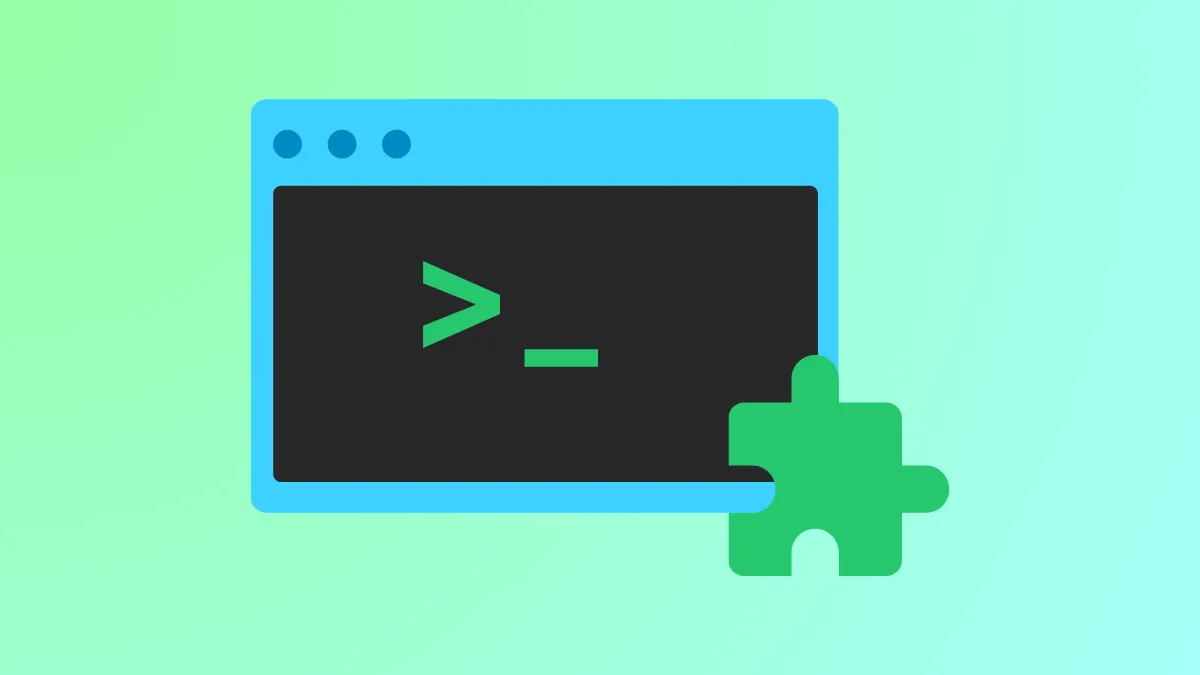GNOME Shell extensions introduce new features and customizations to the GNOME desktop, but relying on web browsers or manual installation can complicate the process and introduce compatibility risks. The Extensions Manager app streamlines extension management, making it easier to search, install, configure, update, and remove extensions directly from your desktop environment. This approach improves security, reduces errors, and keeps your system organized.
Using Extensions Manager for Safe GNOME Extension Management
The Extensions Manager app offers a centralized, user-friendly platform for handling all aspects of GNOME Shell extensions. It eliminates the need for browser-based installations, which often require additional plugins and connectors and can introduce compatibility or security issues.
Step 1: Install the Extensions Manager app using your distribution’s package manager. On Ubuntu and Debian-based systems, open a terminal and enter:
sudo apt install gnome-shell-extension-managerFor other distributions, the app is available on Flathub as a Flatpak package. Install Flatpak if needed, then run:
flatpak install flathub com.mattjakeman.ExtensionManagerArch Linux users can install it from the AUR using their preferred AUR helper.
Step 2: Launch the Extensions Manager app. Use the system’s application launcher or press Super (Windows key), type “Extension Manager,” and select the app.
Step 3: Navigate to the Browse tab to search for new extensions. You can filter by popularity, downloads, or name. The app displays only extensions compatible with your current GNOME version, reducing the risk of breakage or unsupported add-ons.
Step 4: Review extension details before installing. Click on any extension to see its description, screenshots, supported GNOME versions, and user reviews. This helps you assess reliability and compatibility before adding it to your system.
Step 5: Install extensions directly from the app. Click the install button next to your chosen extension. The app handles all dependencies and ensures the extension is placed in the correct directory.
Step 6: Manage installed extensions in the Installed tab. Here, you can enable, disable, configure, update, or remove extensions. Use the gear icon to access settings for extensions that offer customization options. To remove an extension, click the trash icon.
Step 7: Keep your extensions updated. The app notifies you when updates are available, allowing you to apply bug fixes and security patches promptly. Click the update icon as needed, and restart your session if prompted.
Step 8: Regularly review your installed extensions. Disable or remove extensions you no longer use to reduce resource consumption and avoid potential conflicts. Organize extensions by grouping related ones or documenting your preferred configuration for reference.
Step 9: Back up your extension settings if you rely on a specific setup. While the Extensions Manager does not provide a built-in backup function, you can manually copy the ~/.local/share/gnome-shell/extensions directory and related configuration files for restoration after system reinstalls or migrations.
Using the Extensions Manager app significantly reduces the risk of installing incompatible or outdated extensions. It also simplifies maintenance, as all management tasks are consolidated in one place.
Alternative Methods for Managing GNOME Extensions
GNOME Extensions Website and Browser Integration
Some users prefer installing extensions from the official GNOME Extensions website. This method requires a compatible browser and the GNOME Shell integration extension, as well as a native connector package.
Step 1: Install the browser add-on for GNOME Shell integration. For Firefox or Chrome, visit their respective add-on stores and search for “GNOME Shell integration.”
Step 2: Install the native connector on your system. On Ubuntu, use:
sudo apt install chrome-gnome-shellOn Arch Linux, install gnome-browser-connector from the AUR.
Step 3: Visit the GNOME Extensions website. Search for extensions, filter by your GNOME version, and use the toggle to install. You will be prompted to confirm installation.
Step 4: Manage installed extensions on the website or with the GNOME Extensions app. Updates and removals can be performed from either interface.
This method offers access to the full range of community extensions but may be less secure or convenient than using the Extensions Manager app, especially if your browser or connector becomes incompatible with your system setup.
Manual Installation of GNOME Extensions
Advanced users may choose to manually install extensions by downloading them from the GNOME Extensions website and extracting them to the appropriate directory.
Step 1: Download the extension ZIP file from the website, selecting the correct GNOME Shell and extension version.
Step 2: Extract the archive and copy the folder to ~/.local/share/gnome-shell/extensions in your home directory.
Step 3: Confirm the folder name matches the uuid value found in the extension’s metadata.json file. Rename the folder if necessary.
Step 4: Restart GNOME Shell by pressing Alt+F2, typing r, and pressing Enter. After restarting, use the Extensions app or Extensions Manager to enable and configure the new extension.
This approach gives you the most control but increases the risk of version mismatches, missing dependencies, or manual errors. Only use manual installation if you are comfortable troubleshooting GNOME Shell issues.
Tips for Safe and Efficient Extension Management
- Regularly check for extension updates to maintain compatibility and security.
- Limit the number of active extensions to those you use daily, reducing system overhead.
- Read extension reviews and check compatibility before installing from any source.
- Back up your extension folder and settings before major system upgrades.
- Report bugs or security issues to extension developers to support ongoing improvement.
Switching to the Extensions Manager app streamlines GNOME extension management, minimizes compatibility problems, and strengthens overall desktop stability. Safe extension usage keeps your GNOME environment efficient and reliable as your needs evolve.


